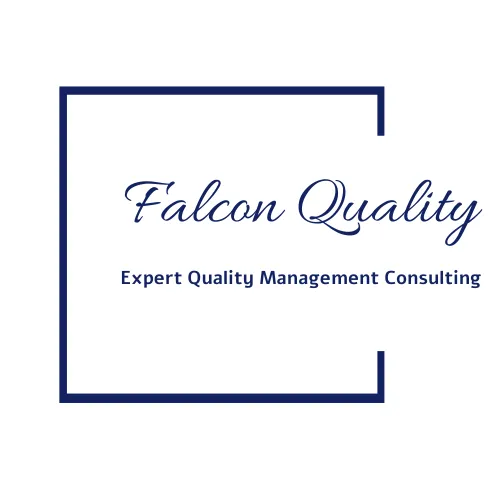
ISO9001 GAP Analysis Question 67 - Internal Audits
To determine if the organization has established a process for internal audits of the Quality Management System (QMS), review the following areas:
Audit Program Documentation:
Confirm there is documented information outlining an internal audit program. This program should specify the audit frequency, methods, responsibilities, and scope, taking into account the importance of each process, recent changes, and results of previous audits. Check for any formal audit plans, schedules, or program summaries that align with clause 9.2.2(a) requirements.
Audit Criteria and Scope:
Verify if the organization has defined specific criteria and the scope for each audit. The criteria should indicate the standards or benchmarks the audit will measure against, including both the organization’s internal QMS requirements and ISO 9001 standards. Look for detailed audit scopes and criteria for recent or planned audits to confirm compliance with clause 9.2.2(b).
Selection of Auditors:
Assess whether the organization selects and assigns qualified auditors who are impartial to the areas they audit, as required by clause 9.2.2(c). This should include documented information on auditor qualifications, selection criteria, or assignments that ensure objectivity.
Audit Reporting and Corrective Actions:
Check if audit findings are documented and reported to relevant management, and if appropriate correction and corrective actions are implemented promptly. Look for documented evidence of past audit reports, corrective actions taken, and subsequent management review discussions, as stipulated by clause 9.2.2(d) and 9.2.2(e).
Retention of Documented Information:
Ensure that documented evidence of the audit program’s implementation and audit results is retained, as required by clause 9.2.2(f). This may include audit schedules, completed audit reports, corrective action records, and other evidence showing that internal audits are conducted as planned.
If these elements are documented and in place, the organization likely has a compliant internal audit process as required by ISO 9001:2015.